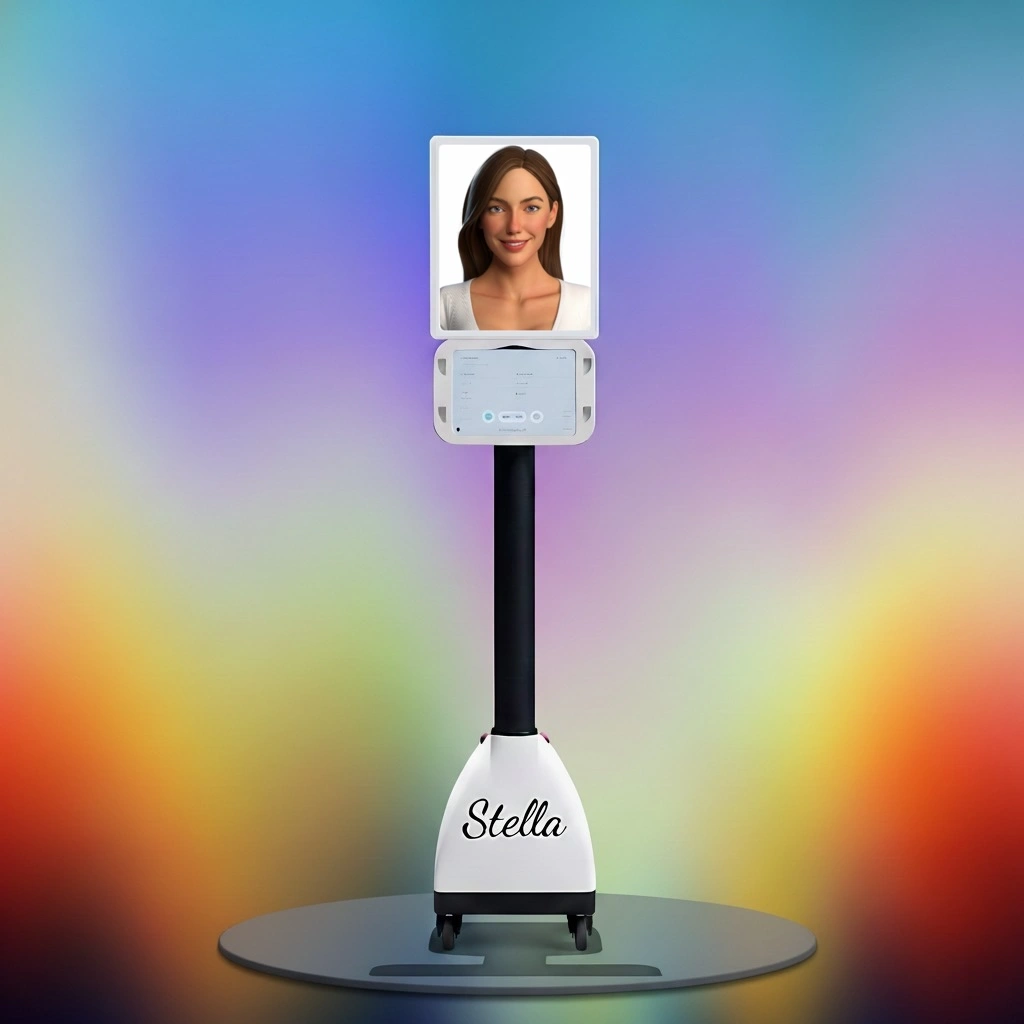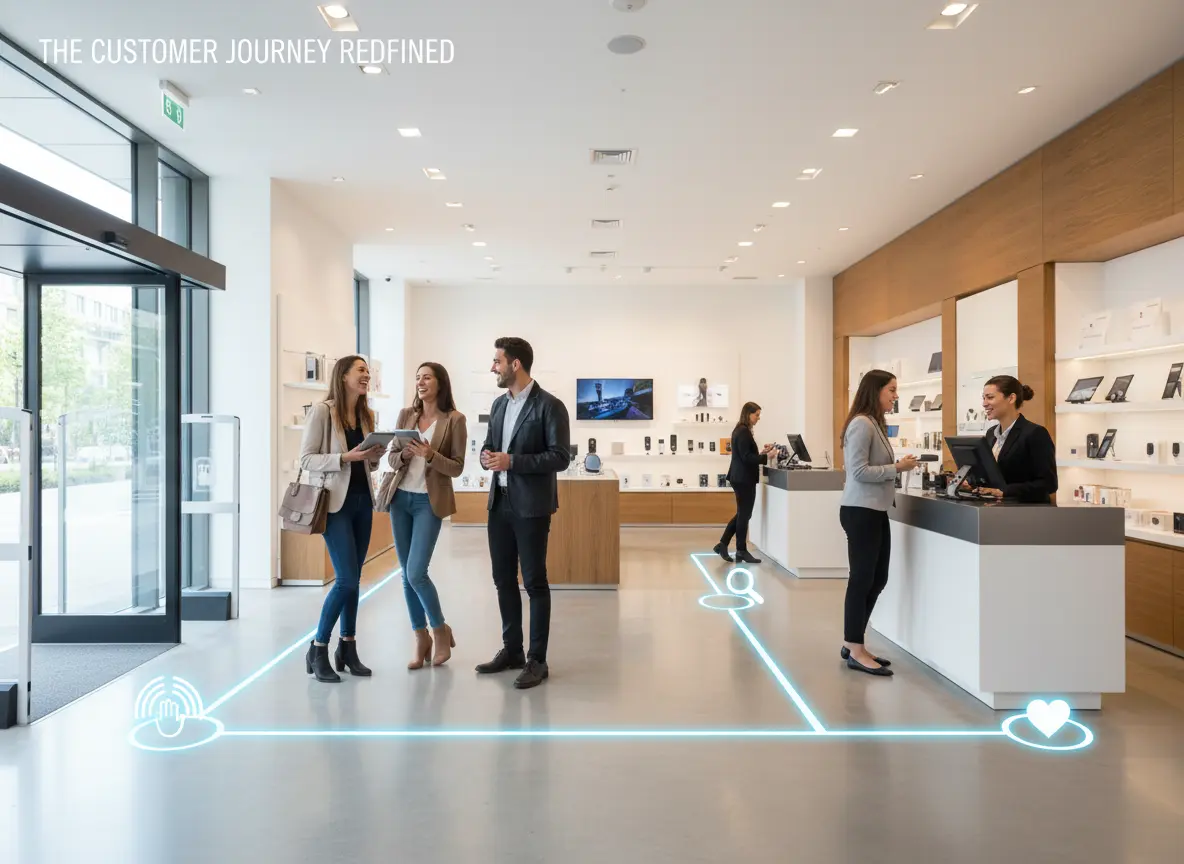Is That Your Stockroom or a Museum of Unsold Goods?
Let’s be honest. Every retail store has one. That corner of the stockroom, shrouded in a thin layer of dust and regret, where slow-moving products go to die. It’s home to those lime-green blazers you were sure would be a hit, the 500 artisanal mustache wax tins you bought during a fever dream, and a family of scented candles that smell vaguely of “disappointment.”
This isn't just a storage problem; it's a cash flow crisis masquerading as inventory. Every square foot occupied by a product that refuses to sell is prime real estate you can't use for bestsellers. It’s capital, frozen in time, that could be funding your next big win. According to a 2022 retail survey, excess inventory cost retailers a staggering $1.14 for every $1 in sales they made. Ouch.
So, how do you conquer this mountain of merchandise missteps without just setting a bonfire in the back alley? (Tempting, we know, but the fire marshal tends to frown on that.) It’s time for a strategic purge. Let’s turn that overstock overload into a cash-positive opportunity.
The Art of the Purge: Strategies to Move Stale Stock
Before you can solve the problem, you have to admit you have one. Staring into the abyss of unsold inventory requires courage, a strong stomach, and a good POS system. This is about making calculated decisions, not emotional ones.
First, A Brutally Honest Inventory Audit
You can't just "feel" what isn't selling; you need data. Your gut might tell you those novelty socks are still popular, but the numbers don't lie. It's time to play detective:
- Define "Slow-Moving": What does "slow" mean for your business? Is it an item that hasn't sold a single unit in 60 days? 90 days? Six months? Set a clear, non-negotiable benchmark.
- Run the Reports: Dive into your sales data. Generate a report of your slowest-moving SKUs over the last quarter and year. Sort by quantity on hand and the total value. This will highlight your biggest offenders—the products that are tying up the most cash and space.
- Categorize the Culprits: Not all slow-movers are created equal. Group them. Are they seasonal items past their prime? A product line that never took off? A color or size that just missed the mark? Understanding why something failed is key to not repeating the mistake.
This audit isn't about placing blame. It’s about gaining clarity. Once you’ve identified the enemy, you can formulate a plan of attack.
The Classic Clearance Sale: Now With More Strategy
Ah, the clearance rack. A staple of retail since the dawn of time. But a pile of sad-looking items in a dark corner with a handwritten "50% Off" sign isn't a strategy; it's a surrender. You can do better.
Think of your clearance sale as an event. A planned, marketed, and exciting opportunity for bargain hunters. Instead of a perpetual "graveyard" section, try a limited-time flash sale to create urgency. Promote it on social media and to your email list. Merchandise the sale items attractively near the front of the store or alongside popular, full-priced items. A well-placed, deeply discounted item can often entice a shopper to grab a few other things while they're there.
Consider a tiered discount approach: 30% off this week, 50% off next week, 70% off the week after. This rewards early birds while ensuring you eventually clear the stock. It gamifies the experience for shoppers who love to wait for the deepest discount, at their own risk.
Strategic Bundling: The Power of the Package Deal
What’s the best way to sell an unpopular product? Attach it to a popular one. Bundling is a psychological masterpiece. You pair a slow-moving item (the "sidekick") with a bestseller (the "hero") and sell them together for a single, attractive price. The perceived value of the bundle is higher, and it helps move the sidekick without having to slash its price to embarrassing levels.
For example:
- Fashion: That hard-to-sell scarf gets bundled with a popular handbag.
- Electronics: Those obscure phone cases are packaged with a fast-selling portable charger.
- Home Goods: That... unique... decorative vase is offered as a package deal with a set of bestselling picture frames.
The key is to make the bundle look like a curated, high-value set, not a desperate attempt to offload your mistakes. Frame it as a "Complete Gift Set" or a "Starter Kit," and watch that stagnant stock finally walk out the door.
Your Secret Weapon: A Little Robotic Assistance
Executing these strategies takes time and consistent effort from your staff—staff who are already busy helping paying customers, restocking shelves, and, you know, running the store. Manually promoting every flash sale or bundle to every single person who walks in is nearly impossible. So, why not automate it?
Let's Talk About Your Newest, Most Tireless Sales Associate
Imagine an employee who stands near your entrance, never takes a break, and perfectly pitches your slow-moving product promotions to every single shopper. That's where a retail assistant like Stella comes in. She’s the perfect hype-bot for your clearance event. You can program her to greet customers with a message like, "Welcome! Just so you know, all of our summer apparel is 50% off this week only to make room for our new fall collection!" or "Hi there! Check out our Home Office Bundle—you get a wireless keyboard and our ergonomic mouse pad for one great price!"
Stella doesn't get shy or forget the script. She ensures your most important, time-sensitive promotions get maximum visibility without you having to hound your human team. She turns a passive clearance rack into an active, store-wide event that every customer knows about the second they step inside.
Beyond the Sale Rack: Creative & Future-Proofing Tactics
Sometimes, even a great sale isn't enough. For the truly stubborn stock, you need to get creative. And once it's gone, you need to make sure you don't end up in the same mess six months from now.
The Noble Donation or "Strategic Gifting"
If an item simply will not sell, it might have more value to your brand as a tool for goodwill than as a dust-collector. Donating inventory to a registered charity can provide a valuable tax write-off. It’s also fantastic PR—post about your donation on social media to show your community you care. That's a win-win.
Alternatively, use these items as a "gift with purchase." Set a spending threshold—"Spend $75 and receive a free tote bag!"—to incentivize larger purchases. The cost of the item is baked into a profitable transaction, and the customer leaves feeling like they got a special bonus. You've cleared a SKU and increased your average transaction value at the same time.
The Liquidation Lifeline
For large quantities of overstock, sometimes you just need to cut your losses and move on. This is where liquidation companies or online marketplaces come in. You won't recoup the full cost—not even close, in most cases—but you will get something. More importantly, you'll get your cash and your space back immediately. Think of it as ripping off a band-aid. It’s better than letting that capital slowly bleed out in your stockroom. Selling in lots on platforms like eBay or even Facebook Marketplace can be a viable option for smaller retailers looking to recover a percentage of their initial investment.
Preventing the Next Overstock Apocalypse
The best way to manage overstock is to not create it in the first place. Use this painful-but-necessary purge as a learning experience. Analyze the data from your audit.
- What went wrong? Did you buy too deep into a fleeting trend? Did you ignore past sales data when placing a big order?
- Refine your buying process. Start using your POS data to forecast demand more accurately. When trying a new product, order a small test quantity first. See how it performs before committing to a massive inventory investment.
- Embrace a "just-in-time" mindset where possible. While not feasible for all products, having strong relationships with suppliers who can deliver quickly allows you to carry less stock on hand and react faster to sales trends.
A Quick Reminder About Stella
Clearing old stock is just one battle. Winning the war for retail success requires consistent customer engagement, promotion, and data collection. A friendly AI retail assistant like Stella works 24/7 to greet every shopper, promote your key offers, and gather insights, all on an affordable subscription.
Conclusion: Reclaim Your Shelves, Reclaim Your Capital
Your backroom doesn't have to be a sad graveyard of retail ambitions. Clearing out slow-moving products is a liberating and financially crucial exercise. It's about being a nimble, data-driven, and strategic business owner, not just a shopkeeper.
So, take a deep breath, fire up that inventory report, and get ready to purge. Use a mix of smart sales, creative bundling, and strategic offloading to turn that dead stock into dynamic cash. Your shelves, your staff, and your accountant will thank you.
Now go on. Those cat-shaped teapots from 2019 aren't going to sell themselves. (But with the right strategy, they just might.)





















